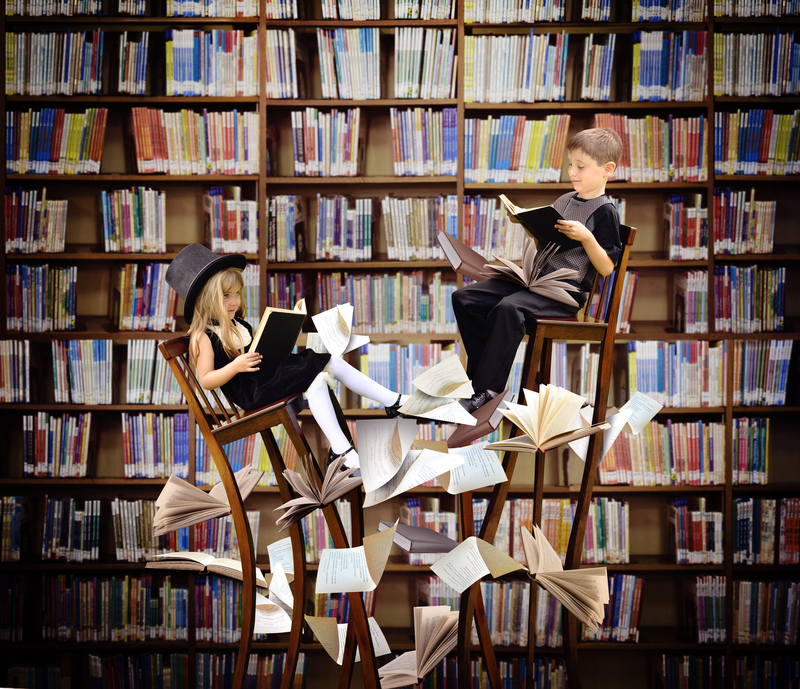Dr Shafquat Towheed discusses Edward Lear's The Book of Nonsense.
Victorian editions of Edward Lear’s verse were expensive items marketed as gifts for children, so many copies would have been given away by the people who bought them. Even the children who received copies might not have read them themselves. But that doesn’t mean they wouldn’t have enjoyed them. Books were commonly read aloud in Victorian households and many recipients would have known Lear’s verses though hearing a sibling, parent, or perhaps a governess, read them aloud. A book like Lear’s first collection of verse, A Book of Nonsense, wasn’t something to necessarily enjoy alone and in silence as a purely visual object. It could be shared as part of a group who would listen to the poems being read out aloud and who could look at the pictures together.
When the novels of Victorian writers like Charles Dickens were published in serial form, customers would queue for the latest instalment. Copies would be shared, either by being read aloud or passed from reader to reader. Reading was a public event, carried out with other people and experienced at the same time by many thousands. Edward Lear’s poetry seems to belong in the nursery but it, too, had a public element. Children would experience the book together with other members of the household. Meanwhile, hundreds or thousands of children all across the country would have first received copies at the same time as Christmas presents. Iconic children’s books are iconic partly because we all share memories of them from our childhoods. When we talk about them, we share our nostalgia with each other and, when we give them to our own children, we ensure that they too will grow up with the same recollections. Collections of Lear’s nonsense verse, like Nonsense Songs or A Book of Nonsense became books which triggers these common memories of childhood because of the way they were marketed and the way in which they were first read.
More about Edward Lear's Nonsense Songs
Graphic books: Learn how Edward Lear’s books were printed using the then-innovative technique of lithography.
Learn some nonsense by heart: Go on an adventure to find a nonsense alphabet of animals and learn some nonsense by heart.
The Secret Life of Books: Find out more about the other books in the series.







Rate and Review
Rate this video
Review this video
Log into OpenLearn to leave reviews and join in the conversation.
Video reviews